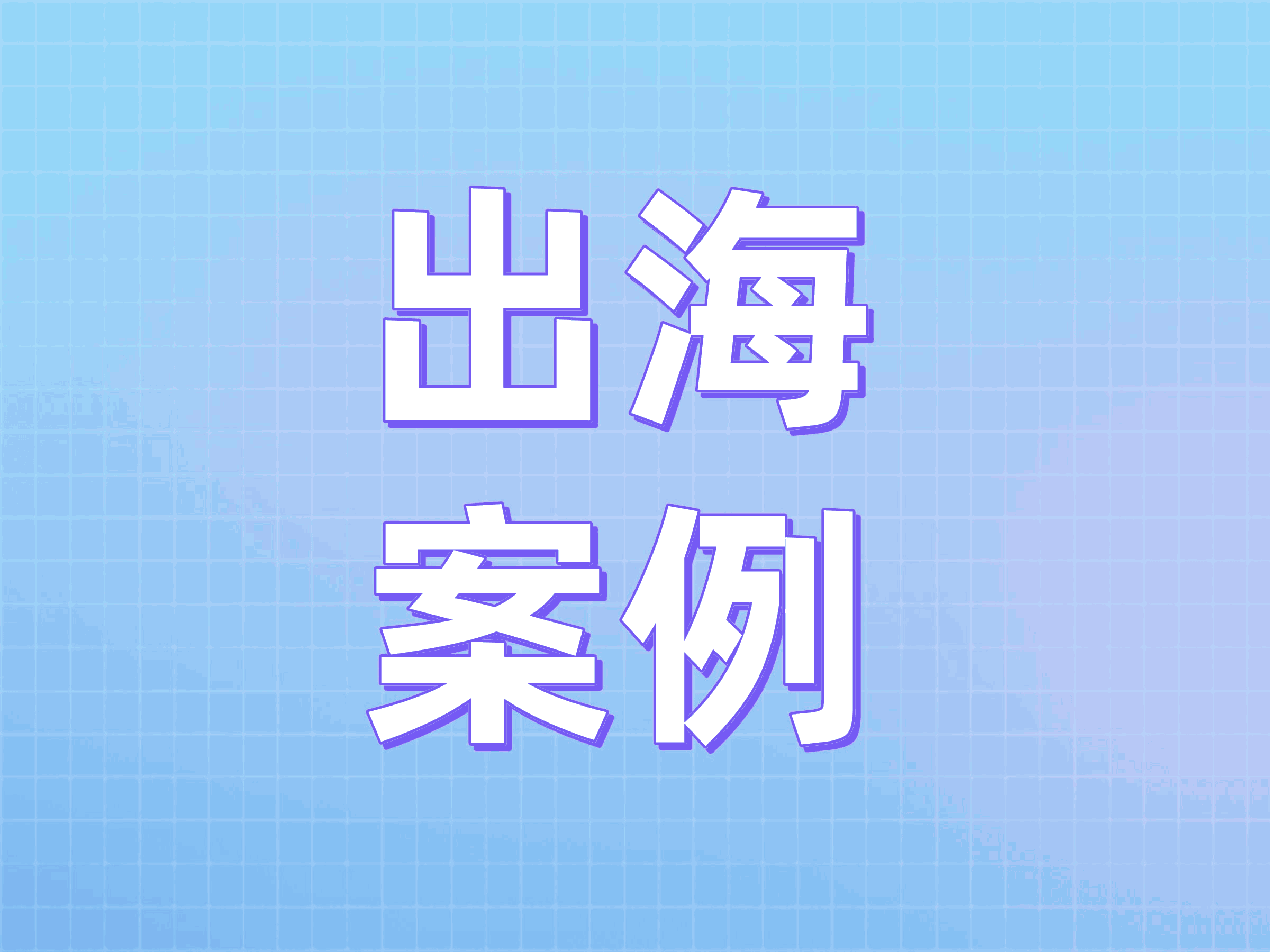What Problems Do Chinese Enterprises Need Overseas Customer Service Systems to Solve for Global Expansion?
文章摘要:When BYD's new energy vehicles hit the streets of Europe and the US, and when Gaussian robots serve cleaning scenarios in more than 40 countries worldwide, Chinese enterprises' global expansion has evolved from "product export" to "brand deepening." However, 76% of Chinese outbound enterprises have seen a rise in customer churn due to outdated customer service systems, and the average cost of handling overseas tickets is 3.2 times that of the domestic market. Challenges such as language barriers, compliance risks, and cross-timezone response are becoming "invisible barriers" restricting enterprises' globalization. The core value of an overseas customer service system lies in resolving these pain points through technological means, solidifying the service foundation for global expansion strategies—and Udesk has become the common choice of many leading enterprises with its full-scenario solutions.
Table of contents for this article
- Four Major Customer Service Roadblocks for Chinese Enterprises Going Global: Systems Are the Key to Breaking Through
- Udesk: Empowering the Implementation of Overseas Strategies with Full-Scenario Capabilities
- Conclusion: Customer Service Systems Are the Core of "Soft Power" in Overseas Strategies
- Udesk Overseas Customer Service System
When BYD's new energy vehicles hit the streets of Europe and America, and Gaussian Robots serve cleaning scenarios in more than 40 countries worldwide, the overseas journey of Chinese enterprises has evolved from "product export" to "brand deepening." However, 76% of overseas Chinese enterprises have seen a rise in customer churn due to backward customer service systems, and the average cost of handling overseas tickets is 3.2 times that of the domestic market. Challenges such as language barriers, compliance risks, and cross-timezone responses have become "invisible barriers" restricting enterprises' globalization. The core value of an overseas customer service system lies in solving these pain points through technological means, laying a solid service foundation for the overseas strategy. Udesk, with its full-scenario solutions, has become the common choice of many leading enterprises.
Four Major Customer Service Roadblocks for Chinese Enterprises Going Global: Systems Are the Key to Breaking Through
When expanding into overseas markets, shortcomings in customer service often amplify operational risks. These four major problems must be addressed with professional systems:
- Language and Cultural Gaps: Communication Deviations Trigger Trust Crises
There are numerous languages globally, and cultural expectations for service vary significantly:
- Southeast Asia covers 11 countries with over 120 dialects, and the error rate in translating medical terms can reach 23%.
- European and American customers demand 24/7 instant responses, while Middle Eastern customers value respect and etiquette in communication more.
A medical device enterprise directly saw a surge in customer operation errors because "probe sensitivity" was mistranslated as "detection speed"—a typical cost of lacking professional language adaptation capabilities.
- Cross-Timezone and Channel Fragmentation: Service Disruptions Lead to Customer Loss
Overseas customers are accustomed to consulting through multiple channels such as WhatsApp, Facebook, and email. If enterprises use multiple separate systems to connect these channels, information silos are likely to form. More critically, timezone differences mean that when Chinese headquarters are closed, inquiries from European and American markets often fall into a "no-response" state. One enterprise once saw customer complaints double due to a 47% backlog rate of night tickets.
- Prevalent Compliance Risks: Heavy Costs of Data Violations
Regulatory requirements vary greatly across countries:
- The EU's GDPR mandates localized data storage.
- Brazil's LGPD imposes strict restrictions on data flow.
A SaaS enterprise was fined 4% of its annual revenue for failing to establish a data center in Frankfurt. Without a customer service system adaptable to these rules, enterprises face enormous compliance risks overseas.
- Inefficient Service Collaboration: Delayed Cross-Departmental Coordination
After-sales services in industries such as manufacturing and technology require collaboration between customer service, engineers, overseas warehouses, and other roles. Traditional manual information transmission is prone to omissions. An equipment enterprise once experienced a 4-hour response time for overseas equipment failures due to poor communication between frontline customer service and engineers, resulting in huge downtime losses.
Udesk: Empowering the Implementation of Overseas Strategies with Full-Scenario Capabilities
Facing the above pain points, Udesk overseas customer service system has become a "service guardian" for Chinese enterprises going global through three core capabilities: "localization adaptation, end-to-end intelligence, and global compliance assurance." Its value has been verified in the practices of enterprises such as BYD and RELX.
- Multilingual and Cultural Adaptation: Barrier-Free Communication
The system supports more than 30 mainstream global languages and features advanced AI translation. It not only achieves real-time accurate translation but also adapts to communication habits of different cultures—adopting patient and modest scripts for Middle Eastern customers and focusing on efficient and direct responses for European and American customers. When serving markets such as the Philippines and Spain, RELX achieved seamless switching of multilingual services through this system, increasing customer inquiry accuracy to 98% and satisfaction by 32%.
- Omnichannel Integration and Cross-Timezone Response: Ensuring Service Continuity
Udesk integrates more than 20 mainstream overseas channels (including WhatsApp, Facebook, and email) into a unified platform. Customer service can access customers' full-channel consultation history without switching systems. To address timezone issues, the system adopts an "AI on-duty + global agent relay" model: AI robots answer common questions (e.g., order tracking, after-sales policies) 24/7, and complex needs are automatically transferred to human agents in the corresponding timezone. After Banggood accessed the system, the customer connection rate jumped from 70% to 95% during peak promotional periods, and response delays were controlled within 10 minutes.
- Compliance and Security: Building a Solid Defense Line Against Overseas Risks
The system has a built-in compliance rule database covering more than 50 countries and regions, strictly adhering to regulations such as GDPR and CCPA. It implements functions such as localized data storage and automatic shielding of sensitive information. After BYD adopted its call center and ticketing system for contact centers in the US and UK, it not only ensured stable cross-regional call quality but also fully met local data security and compliance requirements through data encryption and log auditing functions.
- End-to-End Collaborative Efficiency: Activating Service Value
Based on a low-code PaaS platform, the system enables automatic circulation and progress tracking of tickets across customer service, technology, logistics, and other departments. Gaoxian Robots built an integrated overseas after-sales service platform using this system, allowing equipment failure tickets to be directly assigned to nearby engineers. The response time was reduced from 4 hours to 40 minutes, greatly enhancing customer stickiness. Additionally, the built-in data analysis function can mine customer needs and preferences, providing data support for enterprise product iteration and marketing strategy formulation.
Conclusion: Customer Service Systems Are the Core of "Soft Power" in Overseas Strategies
In an era where global competition has entered the "service-winning" stage, overseas customer service systems are no longer mere auxiliary tools but strategic assets for enterprises to build brand trust, reduce operational costs, and avoid compliance risks. Udesk breaks communication barriers through multilingual adaptation, ensures service quality with omnichannel and cross-timezone capabilities, and lays a solid operational foundation with compliance and collaborative capabilities—perfectly aligning with the core needs of Chinese enterprises going global.
For Chinese enterprises embarking on their overseas journey, choosing Udesk overseas customer service system means choosing a "service-first" globalization path—letting high-quality service become a bridge across borders and enabling brand value to be deeply conveyed in every customer interaction.
Udesk Overseas Customer Service System
Empowered by AI Agent technology, it leads the transformation of the intelligent customer service industry. Integrating a cloud call center, online customer service, and ticketing system into one platform, it connects to more than 30 domestic and international communication channels, enabling barrier-free connections with global customers. Establish connections with customers through multiple channels to boost sales performance, improve service quality, and deliver an excellent customer experience. Grasp customer intentions in real time—converting leads to customers has never been easier!
For more information and free trial, please visit https://www.udeskglobal.com/
The article is original by Udesk, and when reprinted, the source must be indicated:https://www.udeskglobal.com/blog/what-problems-do-chinese-enterprises-need-overseas-customer-service-systems-to-solve-for-global-expansion.html
Cross-border Customer Service SystemGlobal Customer Service SystemOverseas Customer Service System

 Customer Service& Support Blog
Customer Service& Support Blog


